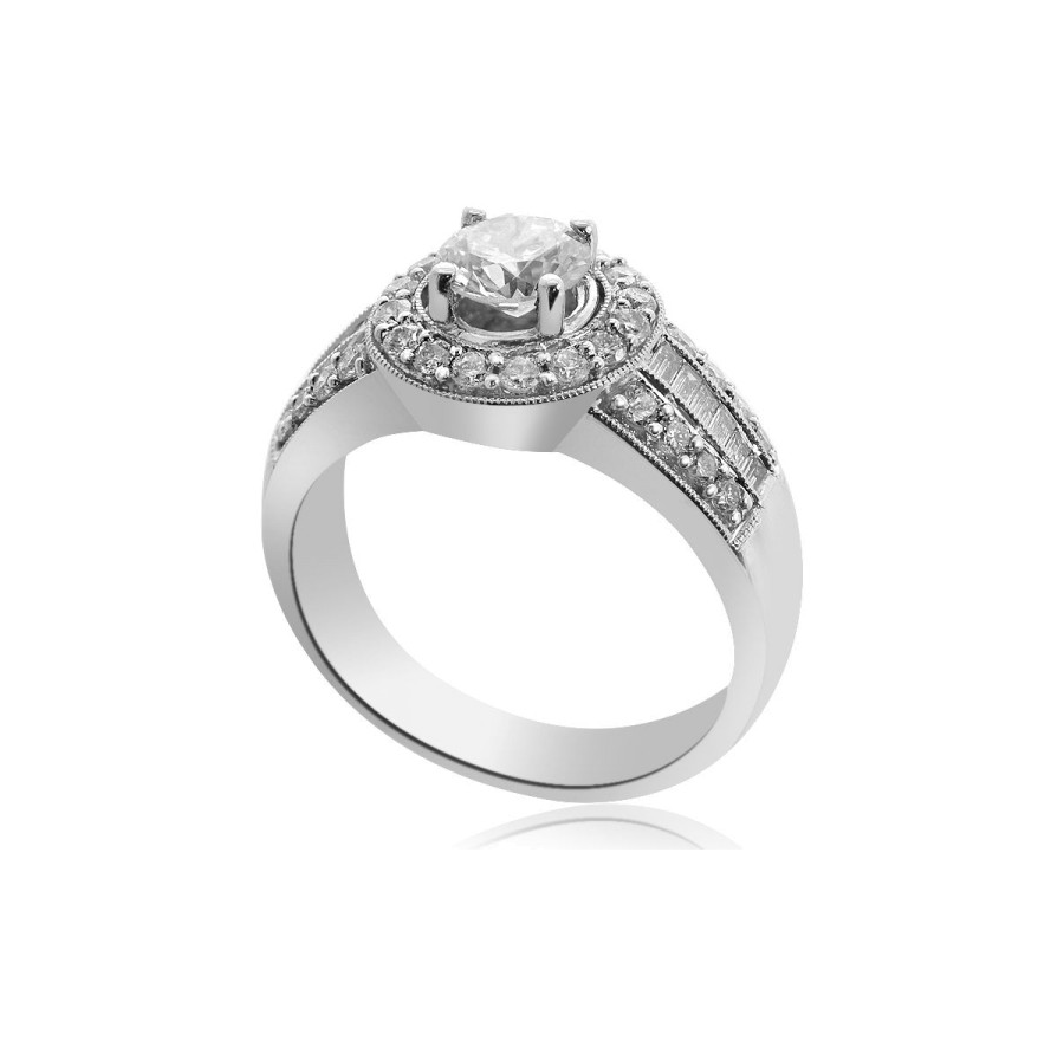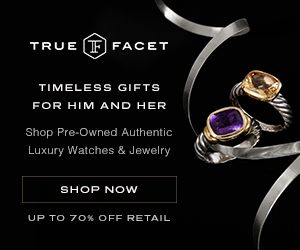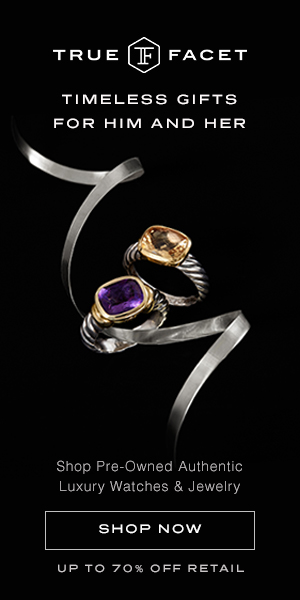Engagement Ring Terms Decoded
As you start browsing for engagement rings, it helps if you and your jeweler are speaking the same language. So here is a handy quick-guide of key terms to reference as you shop for rings.
When you’re trying to describe the “sparkle” you’re looking for…
Brilliance: Brilliance is the amount of light that the diamond returns to the viewer. A diamond with good brilliance will lose the least amount of light, meaning it will have that dazzling sparkle and shine. The depth of the cut (see definition below) affects the ring’s overall brilliance.
Facet: This is the polished flat surface of the gemstone. A facet’s placement, angle and shape are very deliberately arranged to reflect light and improve the brilliance, fire and scintillation—and ultimately the overall appearance—of the stone.
Scintillation: Hold the diamond in the light and rotate it slowly. See that flickering sparkle within the diamond and how it almost looks as if the diamond is alternately flashing white and colored light from the inside? That effect is scintillation. A quality diamond will have these sparkling flashes across its surface without many dark spots.
Fire: This is the type of scintillation that refers to the intensity and variation of the colored lights that spread when a diamond is being rotated. Fire is the most commonly-used term, but the phenomenon is sometimes also referred to as dispersion.
Flash: This is the type of scintillation that refers to the intensity and pattern of the white lights that spread when a diamond is being rotated. Because white light is more commonly reflected than colored light when it comes to diamonds, flash is the more commonly seen type of scintillation.

Testing a diamond’s scintillation. This stone has both fire and flash patterns. Image by Fu On Liem.
When you’re assessing the diamond quality…
The Four Cs: This is a term that you’ve likely heard before. The Four Cs refers to the color, cut, clarity and carat weight of a diamond. These collective features affect the overall quality and value of the diamond.
Color: Counterintuitively enough, color actually refers to a lack of color in a diamond. As set by the Gemological Institute of America (GIA), the diamond color scale ranges from D (colorless) to Z (light yellow or brown). This scale excludes fancy colors like rare pink, blue green, yellow or red diamonds.
Clarity: Clarity refers to a ranked scale of perfection or how few blemishes and inclusions there are within the diamond. This rating is determined by the number, size and location of the imperfections relative to the size of the diamond and their overall impact on the appearance of the stone. There are 11 potential grades from flawless to included. A flawless stone with no visible blemishes or inclusions under 10x magnification is extremely rare (and therefore incredibly valuable). Meanwhile an included diamond has flaws visible to the naked eye.
Cut: Cut are the angles a craftsman cuts into a raw diamond to make it a polished diamond. These crucial cuts are rooted in scientific formulas and proportions designed to optimize the reflection and refraction of light within a stone. Of the “Four Cs,” cut is considered the most significant factor in determining a diamond’s value as it greatly influences on the diamond’s fire, brilliance and scintillation.
Carat Weight: This is the unit of measurement for describing the weight of diamonds. One carat weight is the equivalent of .02 grams. The value of a diamond increases dramatically with the size due to rarity. It is important to note that the value of a diamond is based on the “Four Cs” combined; carat weight alone tells you nothing about the overall quality of the diamond.
To keep this information handy, download our complete guide here.
When you’re wary of the diamond’s value…
Certificate (Certification or Diamond Grading Reports): This is the diamond grading report you should receive with your ring purchase that verifies the diamond’s quality. The certificate should also come from a third-party gemological laboratory and not one affiliated with the jeweler you’re purchasing the diamond from.
Clarity Enhanced: Lower grade diamonds can now be artificially enhanced with laser and fracture drilling. This includes burning microscopic holes into the diamond to remove inclusions or filling in fractures to improve the diamond’s clarity. However once diamonds undergo any procedure, they are no longer considered a natural diamond and become less valuable. Jewelers are obligated to inform the buyer of any clarity enhancements, but still be skeptical if a diamond seems unusually inexpensive.
Inclusion: Although they may only be visible under 10x magnification, nearly all diamonds have an imperfection (or inclusion) inside. Possible inclusions include bubbles, clouds, carbon spots, or abrasions. A surface-level imperfection is called a blemish.
When you’re describing the style or design you’re looking for…
Basket Setting: This is a prong setting in which the diamond is propped up in a lace basket. The holes along the sides allow extra light to pass through the stone which makes it more brilliant looking.

Bezel Setting: This setting features a thin band of precious metal that fully encircles the stone to securely hold it in place.

Halo Setting: Commonly found on engagement rings, a halo setting includes a center stone completely surrounded with smaller accent gemstones.

For more popular engagement ring styles and settings, visit our guide here.
Diamond Cut: Probably the biggest question you’ll face when shopping for an engagement ring is what kind of diamond cut or shape you’re looking for. This refers to the shape of the ring’s center diamond. Because there are so many different styles—round, princess, oval, emerald, cushion, and more—we created this guide to help you identify your ideal shape and its appropriate name.












